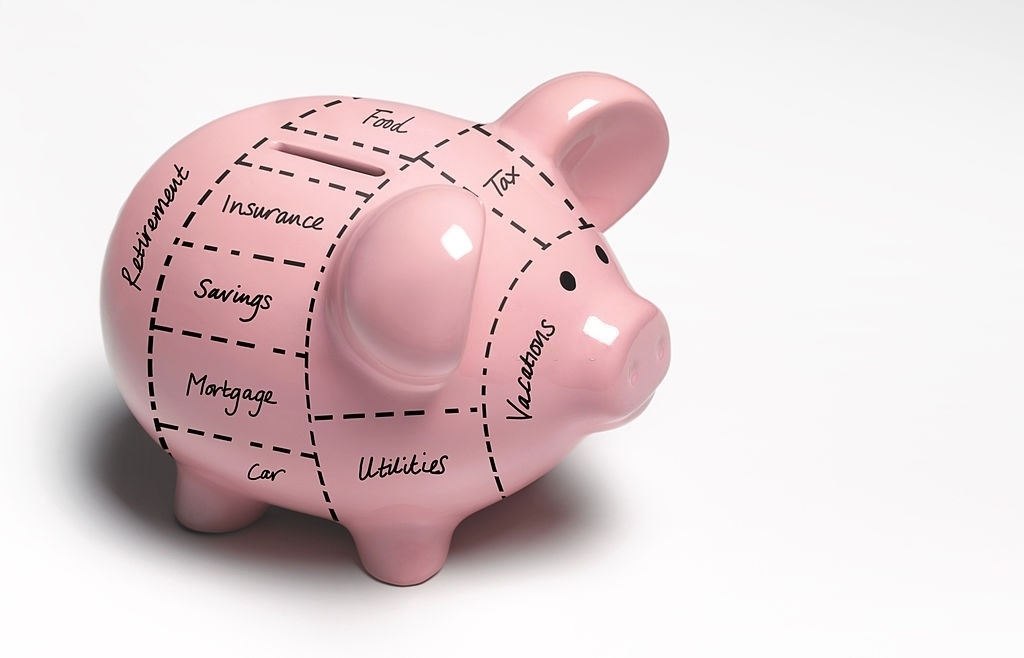Finding the right budgeting system can get you a hard time managing your money. The envelope system is a popular option for creating a home budget, and it is recommended by personal finance experts such as Dave Ramsey. But how does the budget with the envelope system work, and is it the right choice for you? If you’re looking for a new approach to budgeting, here’s what you need to know.
What is the envelope system?
In short, the envelope system looks like this – it splits your monthly or weekly budget into different paper envelopes.
Each envelope is assigned to a specific category and is intended for managing discretionary expenses. Discretionary expenses, also known as variable expenses, are amounts you spend weekly or monthly but can change from month to month.
How to set up a budget with the envelope system
Learning to budget with the envelope system is not difficult, even if you’ve never planned a budget before. This is very similar to making any other budget, with a twist. Here’s a checklist to get you started:
1. Determine the budget categories to assign to each envelope
The first step in using the envelope system is deciding which expenses to include in the envelopes. This part of the process is personal – you adapt each envelope to your budget and expenses.
For example, labels on envelopes can include general categories such as groceries, gas, clothing, entertainment, and savings.
2. Allocate dollar amounts to each envelope
Once you have envelopes for expenses that you want to manage, decide how much money you spend on each one. This should be easy if you’ve already added up your monthly income and then deducted the amounts you need to set aside for your regular expenses.
If you earn weekly or fortnightly, you may need to look at weekly level budgeting.
So let’s look at the list of sample envelopes earlier. Suppose you have a total of $800 to fill these envelopes in a given month. Your assignment might look like this:
Groceries $300
Gas $125
Savings $75
Game $25
Presents $25
Boarding $50
Clothes $50
Personal hygiene $150
TOTAL $800
The sum of the envelopes should reflect the amount of cash you need to allocate.
On the front of the envelope, write down the initial amount you need to spend on that budget category.
3. Withdraw cash to the envelopes
At this stage, you withdraw the cash needed to fill in the envelopes. It is best to add the cash you need to each envelope at the beginning of the month. Then, you take money out of the appropriate envelope for the rest of the month when you need to purchase in that category.
4. Track your expenses on each envelope
If you split the money from the envelopes, you can start spending money for a month.
For the system to work, check on an ongoing basis how much money you have to spend on each category. Each time you withdraw money, subtract it from the amount to get the current amount of cash remaining. Take the envelope with you when shopping, or if you don’t have time to note how much money you pulled out of the envelope before making a purchase, write down the receipt and return it later. Useful tool is available with Moneyspire and Koho.
In conclusion
The envelope system is not that hard to learn but only releases what is in each envelope. Once the money in a specific envelope is gone, it will be gone for a month. You cannot spend more in this category until the following month has started or you have dipped into other envelopes. The purpose of using envelopes in the budget is to keep your spending under control. If you are spending more than you have, change your spending patterns or budget.


